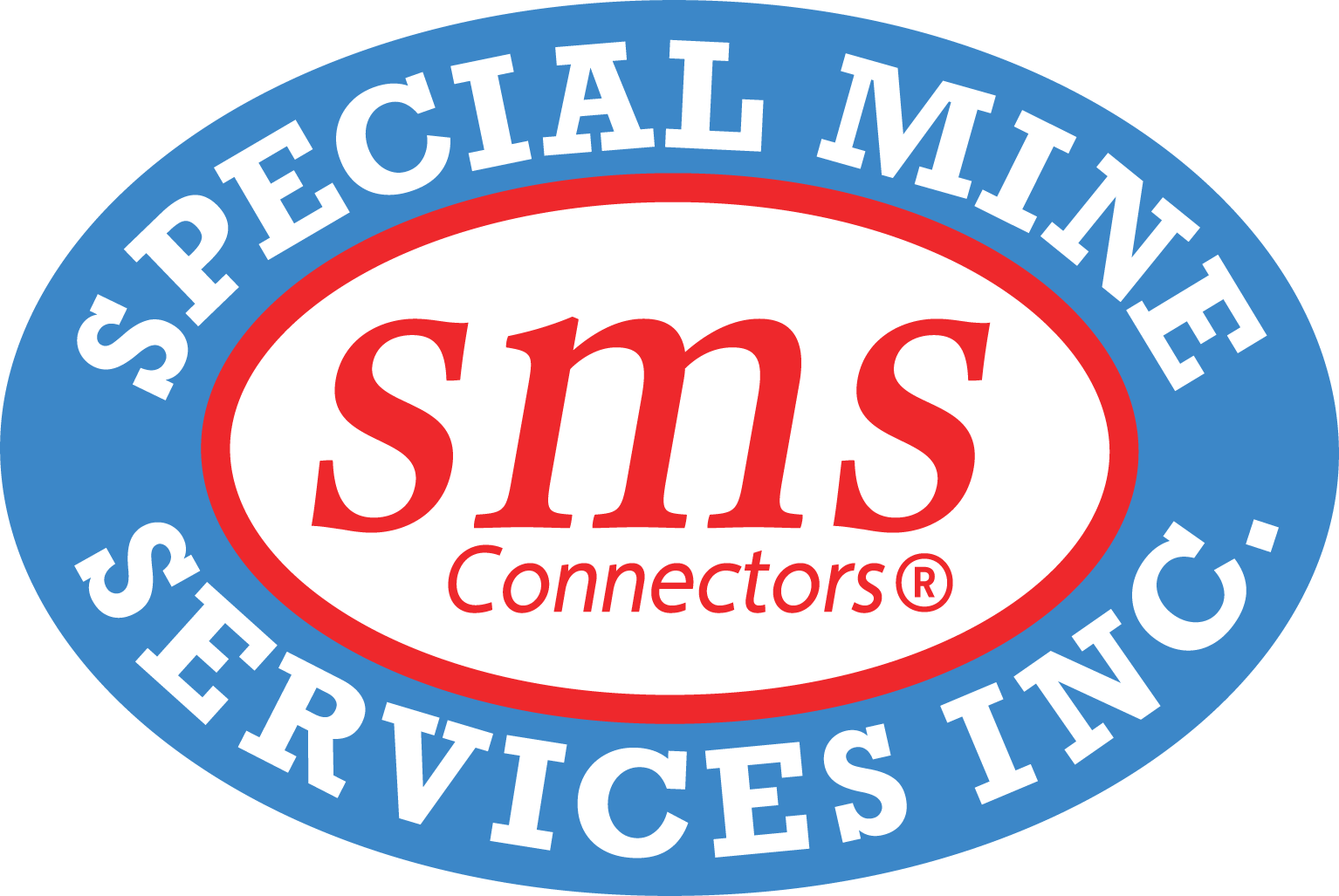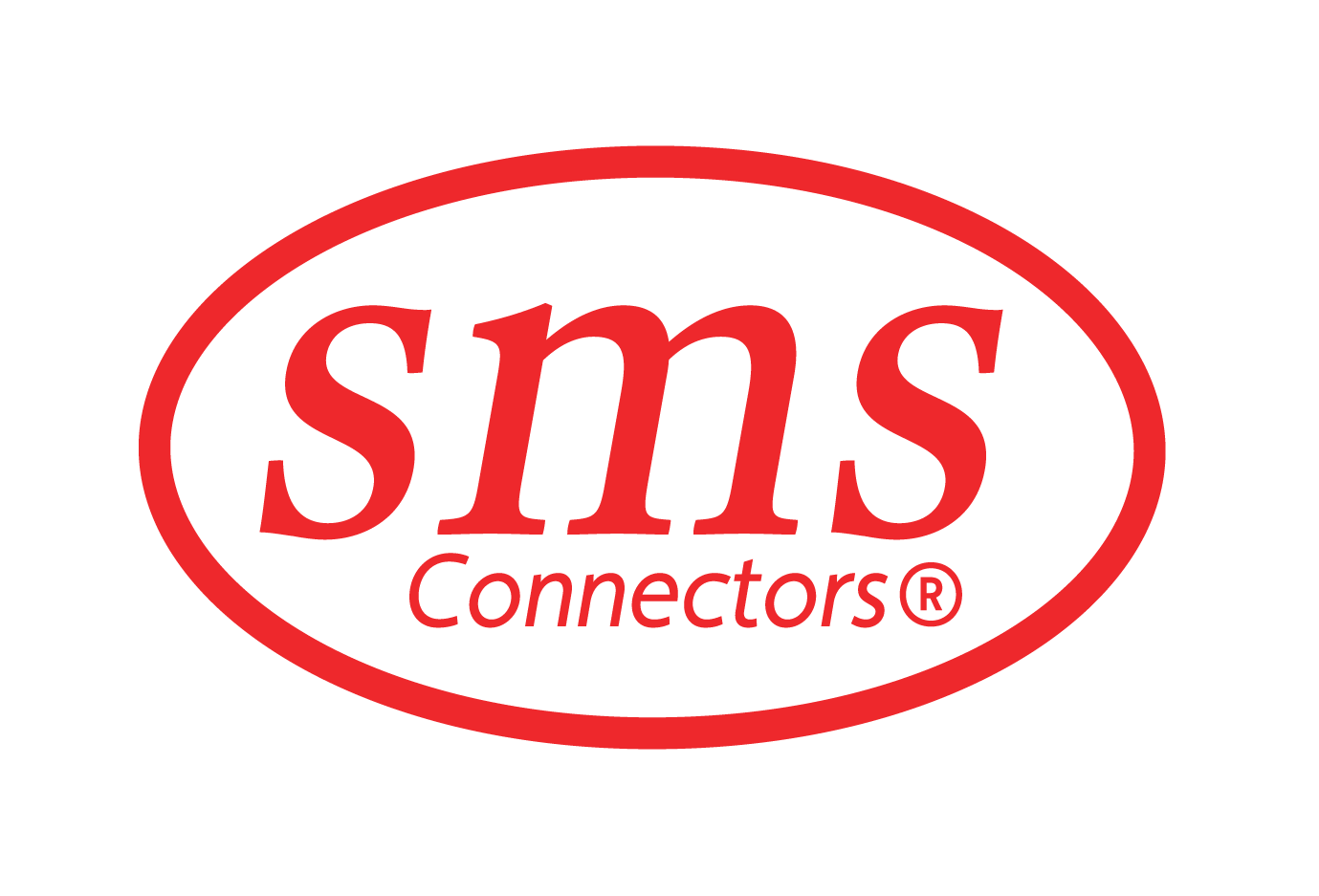
Executive Summary
In accordance with the Federal Mine Safety & Health Act of 1977, Congress has empowered the Mine Safety and Health Administration (MSHA), under the United States Department of Labor (DOL), to be the designated compliance and enforcement agency to ensure safe working conditions in both above-ground and below-ground mining operations in the United States. MSHA, therefore, is the Authority Having Jurisdiction (AHJ) in regards to electrical codification related to mining operations in the United States.
While MSHA does not certify components and equipment for areas outby the last open crosscut in underground mining operations, they are empowered to issue citations for unsafe components and equipment used in mining operations in the United States.
SMS Connectors have traditionally been used in both above-ground and below-ground mining operations, in accordance with standard practices and procedures. SMS Connectors comply with established Code of Federal Regulations (CFR) guidelines for outby applications.
Nationally Recognized Testing Laboratory (NRTL)
SMS Connectors are certified by the CSA Group (formerly the Canadian Standards Association), a Nationally Recognized Testing Laboratory (NRTL), under CSA C22.2 No. 182 and C22.2 No. 298-16.
CSA C22.2 No. 182 applies to plugs, receptacles, power inlets and outlets, connectors and similar wiring devices intended for use in electronic and electrical applications in accordance with the Canadian Electrical Code.
CSA C22.2 No. 298 applies to locking-type, pin and sleeve type plugs, receptacles, power inlets and connectors, rated for high voltage and current.
In addition to CSA Certification, the insulation materials for SMS Connectors are UL Listed by Underwriters Laboratories, an approved Nationally Recognized Testing Laboratory, in accordance with UL 746A, Standard for Safety Polymeric Materials.
Regulations
Title 30 of the Code of Federal Regulations (CFR) is the applicable federal code, specifically related to Mineral Resources. As such, 30 CFR provides substantial regulatory guidance related to MSHA. MSHA utilizes the 30CFR, in addition to established policies and procedures, to properly maintain safety standards in mining operations within the United States.
CFR30 Chapter 1 Subpart O, Part 77, Subpart F, Clause 75.516 (electrical wiring and equipment – suitability) states all wiring and electrical equipment shall meet the requirements of the National Electrical Code (NEC).
CFR30 Chapter I, Subchapter B, Part 18 has requirements for electrical motor driven equipment and accessories. Part 18.41 has requirements for plug and receptacle type connectors. In general, it states plug/receptacles used in inby areas are required to be explosion-proof and plug/receptacles used in outby areas are not required to be explosion-proof if prevented from accidental separation.
CFR30 Chapter I, Subpart O, Part 75, Subpart F, Clause 75.514 (electrical connections or splices – suitability) states electrical connections shall be mechanically and electrically efficient and suitable connectors must be used. It makes no reference to types of certifications that are acceptable.
The MSHA Electrical Inspection Procedures Handbook PH20-V-5 is the designated handbook published by the Mine Safety and Health Administration (MSHA) under the U.S. Department of Labor (DOL), as well as Mine Safety and Health Enforcement in regards to electrical standards and inspections. Applicable references within this handbook include the Mine Power Systems by the U.S. Bureau of Mines, as well as the National Electrical Code, 1968 and later editions as needed, along with the National Electrical Safety Code, 1968 and later editions as needed.
Findings and Conclusions
30 CFR, Chapter 1, Subchapter B, Part 18, Subpart B, Section 18 (b) specifies the following for Plug and receptacle-type connectors:
Plug and receptacle-type connectors used for sectionalizing the cables outby the last open crosscut in a gassy mine need not be explosion-proof or electrically interlocked provided such connectors are designed and constructed to prevent accidental separation.
SMS Connectors, as standard practice in mining operations, are used in outby (non-permissible) areas of mining operations. Inby (permissible) areas are not applicable areas to implement SMS Connectors, given their construction is not compatible with explosion proof standards.
In accordance with 30CFR, SMS Connectors need not be constructed in a manner consistent with explosion-proof standards. However, SMS Connectors are constructed in a manner which prevents accidental separation, as attested to in the applicable certifications by CSA and UL.
MSHA only certifies equipment intended for use in inby (permissible) areas of mines (hazardous/classified locations). They do not certify equipment for use in outby (non-permissible) areas of mines (ordinary locations). Thus, it is not possible to obtain a MSHA Certification for equipment intended only for use in outby/non-permissible areas of mines.
SMS Connectors, therefore, meet MSHA, CSA, and UL requirements in regards to approved regulations, standards, and procedures, and are thereby found to be applicable for outby areas of both above-ground and below-ground mining operations.
